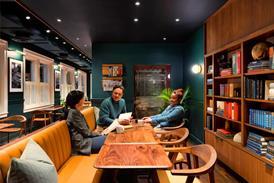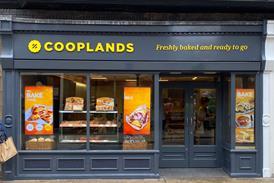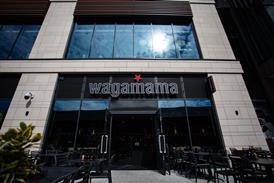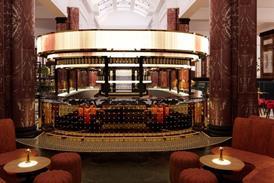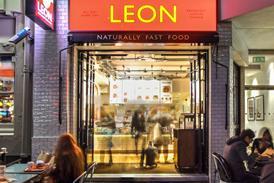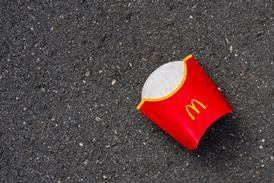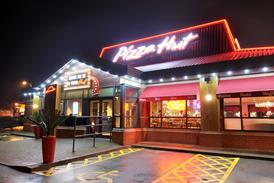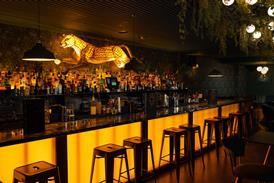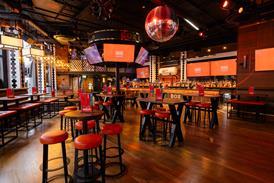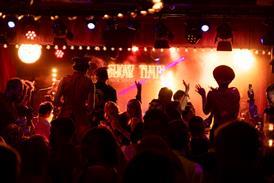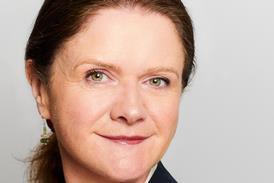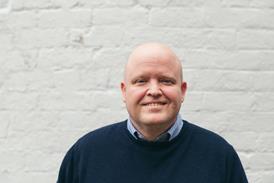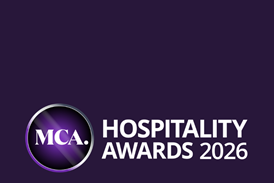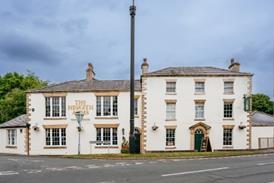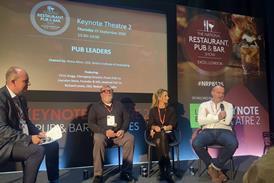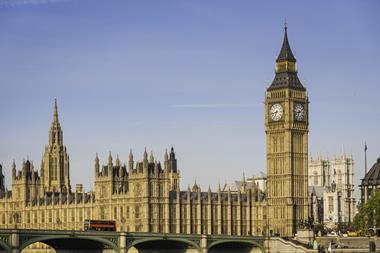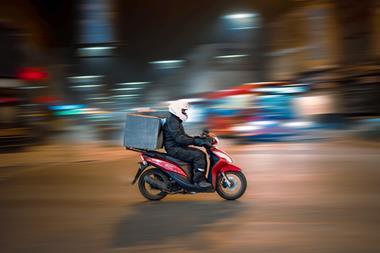The City of London introduced its Late Night Levy on 1 October 2014. With the anniversary of the introduction of the Levy in the City of London having just passed, licensing law specialists Poppleston Allen analyse and review its impact.
With the one year anniversary in mind, Poppleston Allen made a Freedom of Information request of the Council as to the impact of the Levy, comparing the data provided against what was proposed and projected in the Council’s levy consultation report in February 2014. We also made a Freedom of Information request of City of London Police, in respect of the Levy and crime statistics related to this period.
This report summarises our findings and is based on the information provided by the Council and the Police on 29 September 2015 in response to our Freedom of Information requests.
Please note that much of the information we requested from the Council was refused under a legal exemption either because it was suggested that it would cost more than the ‘appropriate limit’ to comply with the request (as the information is not held on the electronic database therefore premises hard copy files would need to be reviewed) or because it is information that is ‘intended to be published in a public report to the Council’s Licensing and Police Committees in early 2016.’
The Council explained that although they recognise there is a public interest in the Levy scheme ‘we consider that it is important that any details we disclose in relation to the Scheme are accurate and complete. As the first year of the scheme is still underway, it is our belief that the public interest would be best served by the CoL not disclosing partial or provisional information at the current time, but rather waiting until the full details are available.’
Summary of the Report
We were advised that the Council did not hold details as to the number of premises which contributed towards the Levy as the first year of the scheme was still underway and ‘details of the number of premises… will be made available in [the] public report.’
In the consultation report, the Council stated that there were 290 premises licensed to sell alcohol after midnight at the time. The Council also confirmed that although they estimated 290 premises may contribute to the Levy it was likely 87 of these would vary their hours through a ‘free’ minor variation so they were not liable, and therefore a more accurate estimated figure could be read as 203 premises. Following our request for information, the Council confirmed that on its last count 293 premises were licensed to sell alcohol after midnight immediately before the Levy took effect. This figure seems very high considering many premises have reduced their hours and the figure is more than the number of premises which were quoted as licensed to sell alcohol after midnight in the consultation report in February 2014. We have queried this figure with the Council and await a response.
Furthermore the number stated by the Council in its response to our request for information (and we presume in its consultation report) only included premises which had alcohol hours beyond midnight as part of their general timings and does not include those premises which have non-standard timings or conditions that allow them to sell alcohol beyond midnight on specified occasions, which would also be liable to pay the Levy. The Council’s reason for not including such these premises was ‘the number of such premises is not known’.
We also asked the Council to confirm the number of premises licensed to sell alcohol after midnight on the 1 October 2015 (one year after the Levy took effect). The Council refused to provide this information on the basis it will be provided in the public report.
Number of Variations
The Council confirmed that 88 premises reduced their hours by way of a minor variation without any council fee being paid, which would have been liable to pay the levy otherwise. That figure is just under one third of those premises which the Council projected would be affected by the Levy, 30%. This is in line with the estimated figure of 87 premises that would make a ‘free’ minor variation to reduce their hours so they were not liable to pay the Levy.
The Council also confirmed that 100 applications for minor variations, where a council fee was paid, have been received by those premises liable to pay the Levy but the Council stated they cannot determine from their database how many of these were to reduce hours as it would cost more than the ‘appropriate limit’ to provide this information.
Premises with authorization for New Year’s Eve non-standard timings
Unlike many other Councils which adopted the Levy, City of London did not approve an exemption for premises who only supply alcohol within the supply period on New Year’s Eve into New Year’s Day, resulting in these premises being liable to pay the Levy. We asked the Council how many premises were liable to pay the Levy solely because their licence permitted them to sell alcohol after midnight on New Year’s Eve however, as mentioned above, the Council were unable to confirm this figure as it ‘is not known’.
Furthermore we asked the Council how many of those premises which made a ‘free’ minor variation removed the New Year’s Eve permission so they were no longer liable to pay the Levy, but again, the Council stated they are unable to determine this from their database and it would cost more than the ‘appropriate limit’ to provide this information.
Surrenders
As a point of note, the Council confirmed that since 1 October 2014 and up to 29 September 2015, 20 premises have surrendered their licences. We should highlight that this is a total figure for surrenders and they will have been made for various reasons and not just limited to licences liable to pay the Late Night Levy. This figure is more than the same period for the previous year, where 13 were surrendered in 2013-2014, but the same as the year before that one, where 20 were also surrendered in 2012-2013.
Proceeds and Expenses
The Council consultation report estimated that the gross revenue raised from the Levy would be approximately £475,000 (not taking into account any exemptions, reductions, licence variations and deductible expenses). It was estimated that the net revenue raised after discounts for premises participating in Safety Thirst Award Scheme, licence variations and deductible expenses would be £222,225.
We asked the Council to provide figures for actual (gross and net) profits raised from the levy in the first year. The Council confirmed that they do not hold this information ‘as the first year of the scheme is still underway’ and that the details of the sum collected will be made available in the public report in early 2016. We have made a further FOI request for the figure now that the first year of the scheme is complete and are awaiting a response.
The Police confirmed that they received £90,016.36 from the Levy proceeds between October 2014 and March 2015, however, the Police response suggests that they have spent at least £145,855 to date (see below). Furthermore the Police did not confirm how much they estimated to receive from the Levy in its first year but instead confirmed that they expect to receive £280,000 this financial year.
Expenses
The Council estimated the cost to administer the Levy (‘expenses’) would be £15,000. The Council confirmed that the actual costs deducted from the Levy revenue for the first year are £25,000 and that this amount will reduce to £15,000 from the second and subsequent years of the Levy. The actual costs of the Levy in the first year were £10,000 more than what was estimated, 40% higher than what was expected.
The Home Office guidance on the Late Night Levy makes it clear that the Council must take in to account any financial risk, such as lower than expected revenue or higher than expected costs, and this should be fully considered prior to making a decision to adopt the levy. Similar to the Council estimate on the number of premises affected by the levy which did not include premises with non-standard timings, the question may be asked as to why the actual costs of the Levy were so much higher than the estimated figure and if it could have been more fully considered so as to create more accurate projections.
Safety Thirst’ Best Practice Scheme Reduction
The Council confirmed that 28 premises were permitted a 30% reduction from the Levy by being involved in the best practice scheme ‘Safety Thirst’ (2 premises were refused the reduction). This figure is almost 15% of those premises that were estimated to contribute to the levy (less the 30% estimated to reduce their hours to avoid the Levy).
The Council consultation report estimated that the net levy income would be reduced by approximately £95,239 by the 30% reduction yet the Council confirmed that the actual figure that the net levy income was reduced by was £19,084.30, which is a significant £70,000 less than what was expected. In its consultation report that the Council explained ‘by offering this discount, it is hoped that premises would be encouraged to participate in the Safety Thirst scheme’ however, it is evidently clear by the lack of participants, that this did not happen, resulting in large inaccuracies between the Council’s estimations and the actual figures.
Use of Proceeds by Police and Council
Both the Council and Police confirmed that the total levy proceeds have not yet been spent.
The Council stated that as the first year of the scheme was still underway not all the Levy proceeds had been spent yet, and refused to provide details on what they have spent their share of Levy proceeds on, citing that full details will be provided in the public report next year.
Nonetheless, the Council did confirm that, as proposed in the consultation report, the proceeds of the Levy have been used in the two following areas:
1. To fund a post to operate the Code of Practice and Risk Assessment scheme. The postholder would work closely with all licensed premises in an advisory capacity in order that they promote the licensing objectives.
2. To fund a team of officers to work during the period 12 midnight to 6am, who would respond to complaints from members of the public who are being disturbed by excessive noise. This will allow officers to see the problems as they are occurring and take appropriate action. In the majority of cases this would involve working in partnership with the licensed premises in question to alleviate problem areas.
The consultation report estimated the costs of the additional post would be £57,000 whereas the costs of the night time response team would be £23,000.
The Council confirmed that ‘the proposal to use the money from the Levy in the two specified areas has been achieved… [but]…full details of the costs will be made available in [the public report].’
Whereas the Police confirmed that the Levy proceeds so far have been spent on providing an additional resource for the Licensing Team, resources for the Christmas campaign and Specific licensing operations. The Police confirmed that a breakdown of this will be provided in a joint report with the Council to the Licensing Committee in January 2016.
The Council consultation report suggested the Police would spend its Levy proceeds on funding three additional officers to target premises. We asked the Police if this had been introduced and the costs. The Police confirmed ‘that an additional officer is working full time with the team at present funded by the Levy and each month, additional officers are funded by the Levy to target premises and run additional operations’. The costs for implementing this since April 2015 are £145,855.
Although the Police confirmed that by March 2015 they had received over £90,000 from the Levy (see above), the Police response to what they spent the proceeds on suggests that they have received at least £145,855 and only one additional officer has been funded full-time to date. Once the Police have spent all its share of the Levy proceeds and we have analysed the report we can then provide further comments.
The Police stated that in meetings with the Council there was discussion on how the Levy money should be spent and since the Levy was implemented there has been consultation between them and Levy payers. We have asked for further details and are awaiting a response.
Process for spending Levy funds
The Council did confirm that they have held discussion with the Police as to how Levy proceeds will be spent but that there is no formal joint agreement between the Council and Police. The Council confirmed that ‘there is no joint committee between [the Police and Council]… matters in relation to spending of income from the Late Night Levy go before the CoL Police Committee and CoL Licensing Committee’. Minutes of these Committee meetings are available on Council’s website here.
The Council confirmed that the responsibility for spending the Levy proceeds is delegated by the Licensing Committee to the Licensing Committee’s Chairman and Deputy Chairman and the Director of the Department of Markets and Consumer Protection who also propose the areas for spending the proceeds which are presented to the Licensing Committee for their broad agreement. The Council confirmed that proposed areas for spending are not voted upon although all comments are taken into consideration.
This suggests there is no representation on behalf of the trade and licensee levy payers in the decision process.
We asked the Council if Levy payers have been consulted regarding the spending on the Levy proceeds. The Council simply stated ‘Levy payers have been consulted regarding the spending of the Levy money’ and that information was provided to licensed premises… [ in the form of the] consultation document. How information will be provided in future years has yet to be decided.’ This suggests that since the consultation report before the Levy was implemented, the Council have not liaised with the Levy paying licensees as to spending the proceeds.
Data on the impact of the Levy & Police and Council Report on Effectiveness of the Levy
We asked the Council how the Levy is being reviewed as to its effectiveness and when the review would take place. The Council stated “it is too soon in the Levy process to determine its effectiveness. Full details of the Levy’s effectiveness and how it has affected night life will be made available in [the] public report to the.. [Police Committee and Licensing Committee] in early 2016.’
We have requested the Police provide specific crime figures and statistics relating to the implementation of the Levy to establish whether there has been any reduction in crime and disorder since the Levy was introduced. We are currently awaiting this data and will review this in due course.
However, as part of our request we did ask the police to confirm cost of policing during the Levy supply period, midnight to 6am. However the Police refused to provide the information relying on the ‘appropriate limit’ exemption that it would cost more than the ‘appropriate limit’ to provide this information.
Compiling and analysing such data will be an essential and vital element for the Council in reviewing the Levy and providing an insight into its impact a year on from its implementation. The Council and Police have both confirmed that a report is due early 2016, with the Police stating it would be January 2016; therefore this review should be due imminently.
We will keep a keen eye on the report on the Levy, as and when it is published, and provide our views on the findings, updating our report on the impact of the Levy accordingly.

